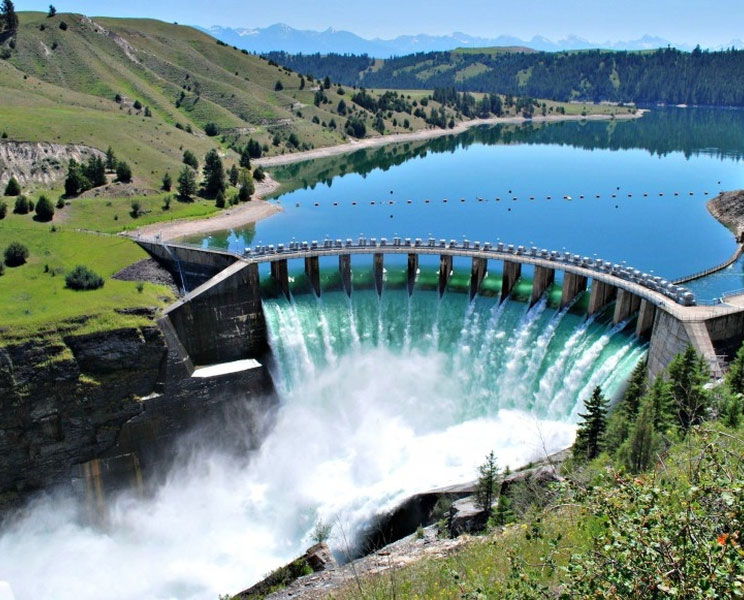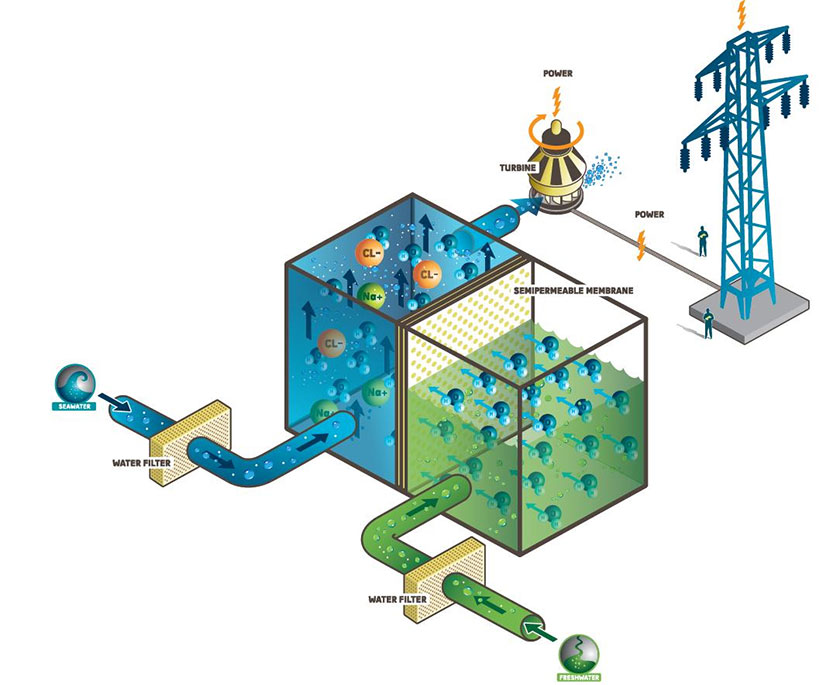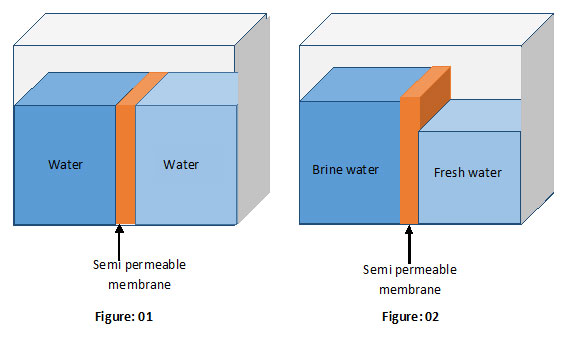
The Archpedia seminar organized by the SLIA Resource Center, Board of Architectural Publications is scheduled to be held on the 25th of January 2018 from 4.30pm onwards at the SLIA, Auditorium.

The Archpedia seminar organized by the SLIA Resource Center, Board of Architectural Publications is scheduled to be held on the 25th of January 2018 from 4.30pm onwards at the SLIA, Auditorium.

The Jaffna International Trade Fair running for the 9th consecutive year from the 26th-28th of January 2018 at the Municipal Ground, opposite Subramaniam Park, Jaffna is the most comprehensive and focused exhibition held in the North since the dawning of peace.

Hydropower is the oldest source of renewable energy that the mankind has been using to generate electricity in large-scale. It has a long history as a source of energy. It was used by ancient people for irrigation and to power some mechanical systems such as sawmills and flour mills. In the late 19thcentury, people realized that the kinetic energy of falling water could be coupled with a turbine and a generator to generate electricity. Thereby, world’s first hydropower plant was opened in 1882 on the Fox River in Appleton in the United States [1].
Unlike other renewable energy sources we discussed in previous articles, hydropower or power of water is widely being used around the globe and is the second largest contributor to the today’s renewable energy industry (Largest contributor is traditional biomass). It is a proven way of replacing the role of fossil fuels in electricity generation. One clear example would be Bhutan which is a carbon negative country thanks to its vast amount of hydropower available. Norway is another green country generating 98.9% of its electricity using hydropower [2]. In addition, many other countries are generating substantial amount of hydroelectricity.
It is needless to say that hydropower entirely relies on continuous supply of water from an elevated position. Water falling from an elevated position turns a turbine installed at a lower position. The electrical generator attached to the turbine thereby generates electricity to the rhythm of the water flows through the turbine.
Water enters the system at a higher position, deliver its kinetic energy to a turbine and exits the system at a lower position.
To keep the plant running (generating electricity), water should be continuously running through the turbine. In other words, water should be directed back to the higher position from the lower level. This is naturally done by the Sun in a process called “water cycle” or “Hydrologic cycle”.
The Sun’s heat evaporates water from the oceans, rivers, lakes, trees, soil and all the water bodies. Evaporated water molecules or Water vapor moves up and form clouds in the sky. Water molecules in clouds then cool and condense into raindrops or snow once the temperature reaches the dew point and fall back to the ground as precipitation. This process is a never-ending, cyclic natural process and therefore, is referred to as “water cycle”.
During the complete process, water is brought from lower levels to higher levels and thereby water stores Sun’s energy in the form of potential energy. Therefore, hydropower is an indirect source solar energy and is a renewable energy source.
Water cycle is the sole driving force of hydropower and ensures the continuous supply of water by which water is repeatedly cycled through the turbines.
A typical hydropower plant consists of a dam (not necessary for some cases), a turbine, an electrical generator and transmission lines.
First, the kinetic energy of falling water is converted into mechanical energy of turbines. An electrical generator attached to the turbine converts the mechanical energy of the turbine into electricity which is then distributed through power transmission lines.
Hydropower plants are often classified according to their operational principle as below.
Run of river (ROR) represents a type of hydropower which typically requires no or little water storage. ROR hydropower plants are extremely intermittent as they are not regulated by large storage or dams. However, they could be built with no or minimal alteration to the surrounding. In particular, environmental impacts of ROR hydropower plants are insignificant compared to conventional hydropower plants which require large-scale water storage, dams, onsite and nearby alterations.
Pumped-storage hydropower as its name suggests is a type of energy storage. These hydro power plants pump water to a higher elevation from a lower elevation during off-peak hours and thereby store energy surplus in the form of potential energy. During the peak hours, pumped water is released through a turbine to generate electricity.
The capacity of hydropower plants may range from few kilo watts to several Giga Watts. Depending on the size of power capacity, hydropower plants are categorized into several groups as mentioned below [3, 4].
Plants having capacity of 100 MW or more.
The worldwide technically accessible hydropower capacity has been estimated to be 2200 GW. However, only 25% of this figure is currently being used for electricity generation.
Plants having the capacity in the range of 25 MW-100 MW
Plants having the capacity in the range of 1 MW-25MW
Plants having the capacity in the range of 100 kW-MW
Plants having the capacity in the range of 5 kW-100 kW
Plants having the capacity of 5 kW or less
Unlike other energy sources we discussed in previous articles, hydropower can play a vital role in the renewable energy industry, especially in supply-demand management. In next article, we will further discuss hydropower in detail.

We have already discussed four major forms of ocean energy. All of them were well-known sources. Except ocean thermal energy, other three types represent kinetic energy of water in the ocean. In this article, we will focus on another form of ocean energy: It is osmosis power!
It does not represent kinetic energy of water in the ocean and therefore, nobody can identify its existence with the naked eyes.
It is sort of a latent energy and majority of the people have never heard of it!
Osmosis power relies on the difference in salt concentrations (salinity gradient) between two water bodies which meet at the same place. Usually, brackish or brine water and fresh river water are the two resources of choice.
The places where rivers meet the ocean are ideal for osmosis power plants.
As we know it, brine water is extremely saltier than fresh river water and therefore, there is a sizeable difference in the salinity of water where a river meets the ocean. When fresh river water mixes up with brine water it loses its osmotic pressure where a significant amount of energy is lost. This untapped energy could be harnessed to generate electricity. Osmosis power plants are sometimes known as salinity gradient power plants since this technology relies on the difference in the salinity (salinity gradient) of two water bodies.
Osmosis power attracted much attention during the energy crisis in the 1970s. But the perseverance largely waned with the falling oil price that happened in the early 1980s.
Osmosis power (blue energy) is still under its development stage and is an infant among all other forms of oceanic energy.
A typical osmosis power plant makes use of the osmosis pressure difference between two water bodies having different salt concentrations. They transform the osmosis pressure into a hydraulic pressure which is then used to turn a turbine attached to a generator.
Several technologies such as pressure retarded osmosis, reversed electrolysis and capacitive method have been already developed to generate electricity from osmosis pressure. However, none of the technology is uneconomically viable, unfortunately. It is still at its development stage.
Usually, an osmosis power plant employs semi permeable membrane by which water having two different salt concentrations are separated. The semi permeable membrane allows water molecules to pass through it. But it does not allow ions to go through it. It is, of course, an unfair treatment!!!
But plays an essential role in osmosis power harvesting.

Say, you have fixed a semi permeable membrane in a storage tank as shown in the above figures. The membrane separates the tank into two parts.
We know that chemistry of materials always tries to equalize the ion concentrations of two materials in contact via a natural process called diffusion. Ions flow from the high-concentrated area to the low-concentrated area and eventually, ion concentrations in both sides become equal. But as mentioned earlier, semipermeable membranes used in osmosis power plants do not allow ions to pass through them but allow water molecules.
The consequence is amazing!
Say, you fill both chambers of the tank with the same liquid as shown in figure 1. You would see no change in the liquid levels with time.
But… What will happen if we fill two chambers with two different liquids (Liquids with two different concentrations)?
You may probably expect no change in the liquid levels with time though concentrations are different. If so, you are wrong.
The actual result definitely would surprise you!
Take a look at figure 2. It illustrates what happens if two partitions are filled with liquids having two different concentrations.
Isn’t it astonishing to see?
This unusual effect is a result of the diffusion. As mentioned earlier, diffusion of matter always tries to balance the ion concentrations of two liquids in contact. This is done by transferring the ions from high concentrated are to the low-concentrated area. But now we have installed a semi permeable membrane. It prevents the transition of ions from one chamber to the other. However, the same semi permeable membrane permits the water molecules to pass through it. Consequently, the membrane promotes the transition of water molecules from low-concentrated to high concentrated. This process reduces ion concentration in the high concentrated area while increasing concentration in the low-concentrated area. Eventually, the ion concentrations in both areas become equal.
You cannot observe the changes in ion concentrations in either side with your naked eye. But there is a curious, physically observable effect. It is nothing but what you can see in figure 2.
An increase in the water level at the high-concentrated area and a drop in the water level at low-concentrated area!
Obviously, it must occur since the semi membrane prevents the transition of ions but not water molecules. This process ultimately leads to a gap between the water levels (See figure 2).
A gap between the water (liquid) levels means a hydraulic pressure!
Osmosis power plants use this hydraulic pressure to turn a turbine and generate electricity.
However, none of the present-day technologies offers economically practicable opportunity to harness energy from this renewable source that has concealed in water bodies.
Hopefully, it would become an economically feasible in near future at least in highly saltier areas such as the Dead Sea, red sea and Atlantic Ocean [1, 2].
The worldwide osmosis power potential is approximately 2.6 TW [3]. It is higher than the worldwide wave power potential (2 TW) [4]. But it represents only 15% of the current global energy demand even at its full capacity and would further reduce to 4.1% by 2100 (Note that the global power demand would be 63 TW by 2100) [5].
[5] Hu, A., Levis, S., Meehl, G. A., Han, W., Washington, W. M., Oleson, K. W., and Strand, W. G. (2016). Impact of solar panels on global climate. Nature Climate Change, 6 (3), 290-294.
Recent Comments